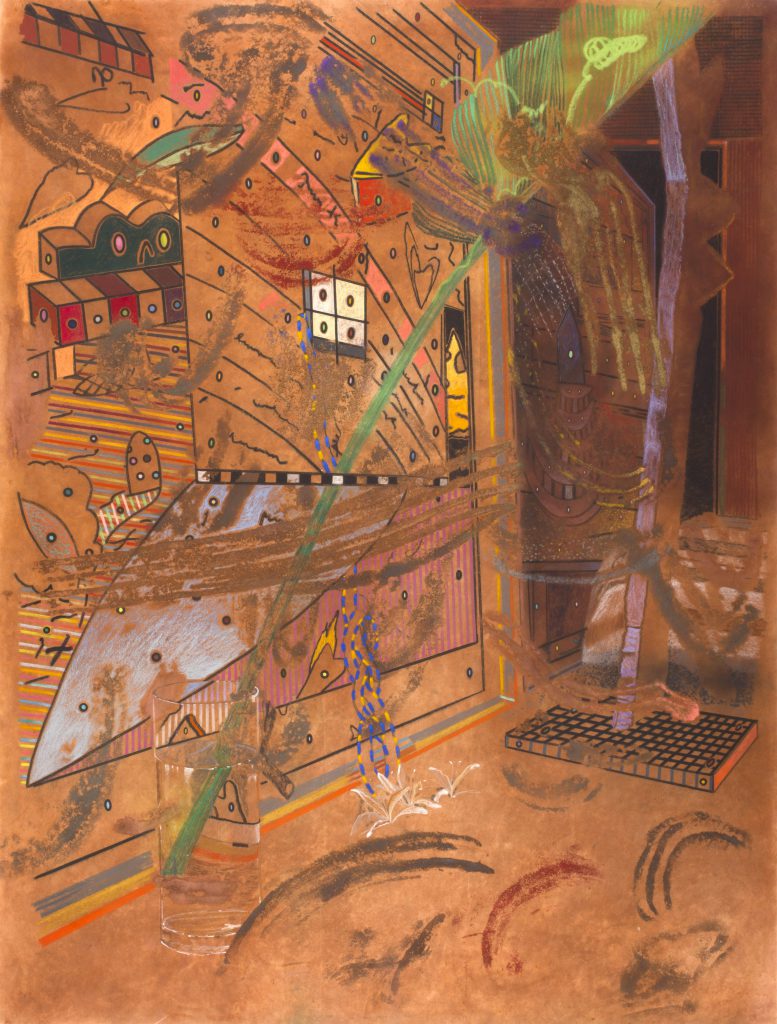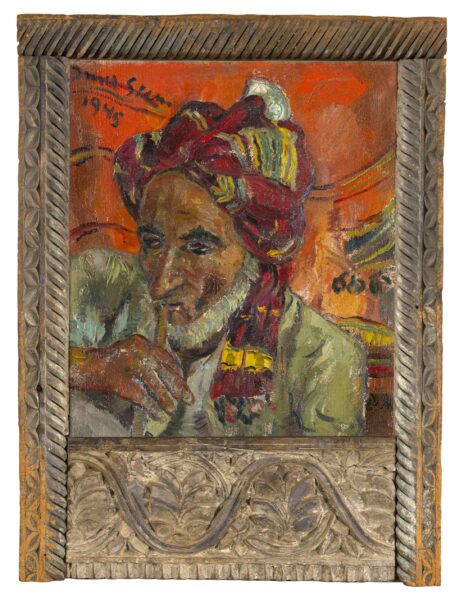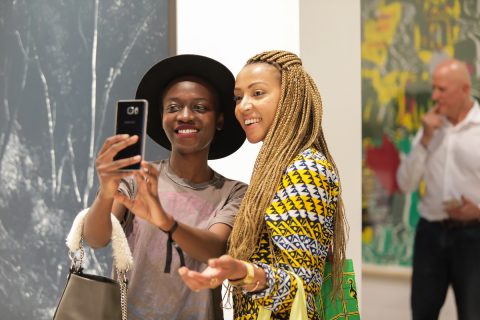BD Art
Contemporary Art Sets New Records
Post-war and Modern painters whose works smash records and fetch in the R10–20-million price range at sales are dominating news stories about art at auction in South Africa. Artists such as Irma Stern, JH Pierneef, Alexis Preller, Maggie Laubser and others have ruled the auction records for decades. However, in recent years, works by contemporary South African artists have begun to see significant increases in sales on the secondary market. With the South African auction market reporting revenue of R88-million for the contemporary market in 2018 (representing a growth of 25 per cent for the sector overall), it seems that there are many incentives for new and aspirant collectors to purchase works by contemporary artists.
For Strauss & Co, the launch of a specifically focused contemporary art auction last year was a logical progression. As managing director Bina Genovese points out, in the light of the gains made by contemporary work in the last few years, Strauss felt it had a “responsibility to pioneer a stand-alone auction of contemporary art (not just from South Africa, but rather reflecting the broader context of the African continent and its diaspora)” to provide a local platform and establish an international presence in the secondary market.
Ruarc Peffers, managing director of Aspire Art Auctions, is particularly proud of the records set by his company in the two-and-a-half years since they entered the market, promoting a particular focus on contemporary artists. “I think as soon as you position things differently, the market is inclined to sit up and look,” he says. He sees Aspire’s gains in the contemporary sector as a “testimony to the fact that we’ve presented these works in the same way and conveyed them with the same level of gravitas and significance and historicity as older, more familiar works”.
Growth Potential
While the majority of turnover is still made in areas other than contemporary art, Genovese believes that there is “vast potential in the contemporary art market and that there is room for growth”. She reminds buyers that auctions are “an egalitarian way for both new and established buyers to access contemporary art. So Strauss & Co’s stand-alone contemporary auction will provide a litmus test of both local and international trends”.
Peffers sees the growth of contemporary sales as due not only to a change in tastes and perceptions by older, more established collectors, but also to the slow but sure rise of a group of younger collectors. He believes that “every generation buys what they relate to and what they identify as being definitive of their time, their generation and their epoch. We have had amazing responses by people younger than 50 … It makes perfect sense that if you’re an upwardly-mobile, middle-aged, increasingly wealthy black person, you might not want to buy an Irma Stern or a Pierneef”. He also maintains that “South African contemporary artists are making art that is at least as good as anybody else anywhere else in the world, and now the rest of the world is appreciating that fact and responding to it”.
South African contemporary art prices at auction internationally may pale in comparison to their US and European counterparts, but as Genovese points out, things in the art world take time. “Unlike overseas, the art market in South Africa is in its nascent years, so it really just needs nurturing. This is happening with important players such as Investec, FNB and RMB, who are funding our local art fairs, and new institutions such as the Zeitz MOCAA, A4 and the Norval Foundation supporting our cultural infrastructure.”






 Sign-up and receive the Business Media MAGS newsletter OR SA Mining newsletter straight to your inbox.
Sign-up and receive the Business Media MAGS newsletter OR SA Mining newsletter straight to your inbox.